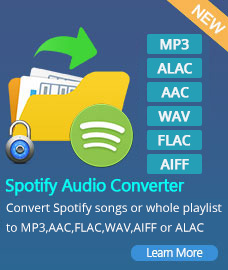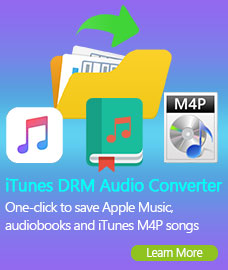Home > Glossary
Multimedia Glossary
- DVD, DVD5, DVD9, DVD-R, DVD+R, DVD-RW, etc.
- 3GP, ASF, AVI, MPEG, MOV, RM, WMV, DivX, XviD etc.
- AAC, M4A, M4P, OGG, MP3, ID3 Tag, WMA, WAV, etc.
- NTSC, PAL, ASX, Region, Codec, Streaming
NTSC
NTSC stands for National Television System Committee.
NTSC is a color TV standard developed in the United States in 1953 by National Television System Committee. NTSC is used in most of the American continent countries and in various Asian countries. Rest of the world uses either some variety of PAL or SECAM standards. NTSC runs on 525 lines/frame and it's vertical frequency is 60Hz. NTSC's framerate is 29.97 frames/sec.
PAL
PAL, was introduced in the early 1960's in Europe, stands for Phase Alternating Line. It has better resolution than in NTSC, having 625 lines/frame, but the framerate is slightly lower, being 25 frames/sec.
PAL is used in most of the western European countries (except France, where SECAM is used instead), Australia, some countries of Africa, some countries of South America and in some Asian countries.
ASX
ASX stands for Advanced Stream Redirector.
An asx file is used to store information on servers and media files for streaming video and audio over the Internet, such as multimedia web sites. The .asx file is a simple text file that contains server and media information, so you can easily find out the name of the file and server address of the streaming content with a text editor.
Codec
Codec stands for Coder/Decoder.
Basically it is a piece of software or a driver that adds a support for certain video/audio format for your operating system. With codec, your system recognizes the format the codec is built for and allows you to play the audio/video file (=decode) or in some cases, to change another audio/video file into that format (=(en)code).
Converter
Digital Rights Management.
This protection doesn't mean just basic copy-protection of digital content (like ebooks, MP3s or DivX videos), but it basically means full protection for digital content, ranging from delivery to end user's ways to use the content. somehow system needs to know when the copying is allowed and when not -- users also have rights to make copies to their closest relatives, etc. So, normally this has been solved by allowing "hops" -- original file can be copied, but the copy of the original file cannot be copied any further. Obviously this also causes problems, if user accidentally deletes the original file, but still has the legal copy of the file.
Region codes
Region codes in this instance mean flags implemented in DVD-Video discs that determine the geographic area where the DVD-Video disc is being sold and where it can be watched. These codes ensure that one country doesn't get a DVD movie before the same movie is out in that country's theatres. In their corporate omniscience, movie studios have carved the planet into regions with each region having a specific code.
All DVD players and discs have region codes. A DVD player and disc must be of the same region or the disc will not play. If you want to watch movies from other countries, you need a multiregion DVD player. This will allow you to play any disc from any region.
The region controls are also implemented in PC's DVD-ROM drivers, normally in three levels. First of all, if the DVD-ROM driver is manufactured after 1st of January, 2000, the driver itself has physical locks implemented in it to permit playback of only specific region code. Secondly, all newer operating systems, including Windows 2000 and Windows XP, have region control measurements built-in. And finally, the DVD player software, such as WinDVD or PowerDVD, have region control measurements built-in.
Streaming
Streaming format can send live or on-demand video or audio broadcast over the Internet. Popular streaming video formats include RealVideo, QuickTime (MOV) and WMV.
Hot Products
PC & Mac Freeware





